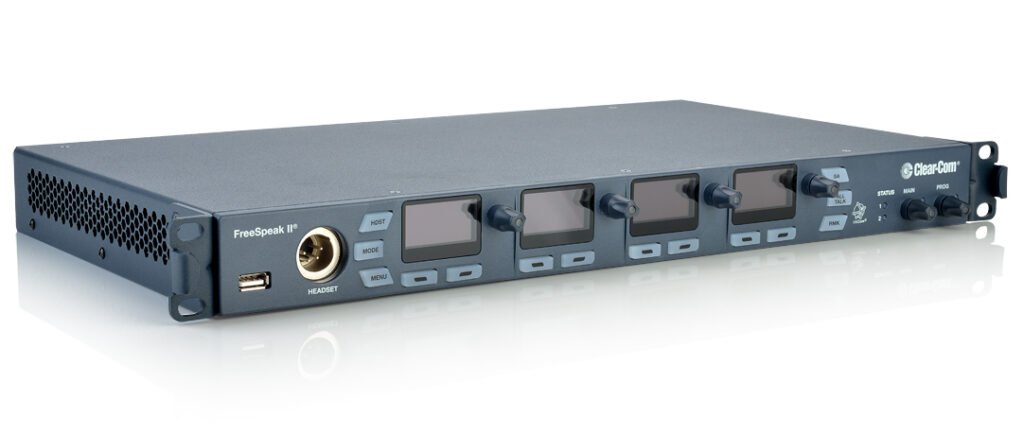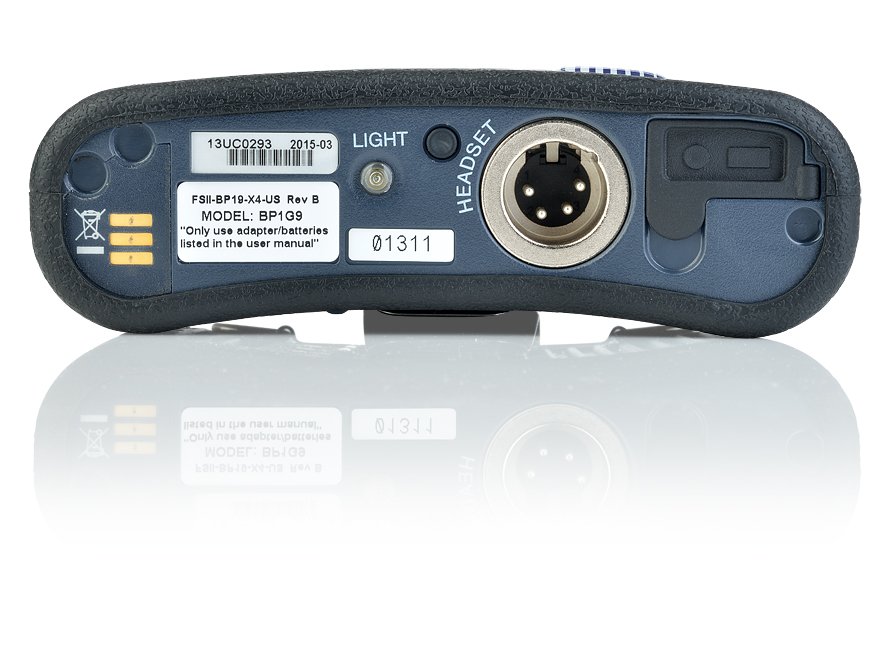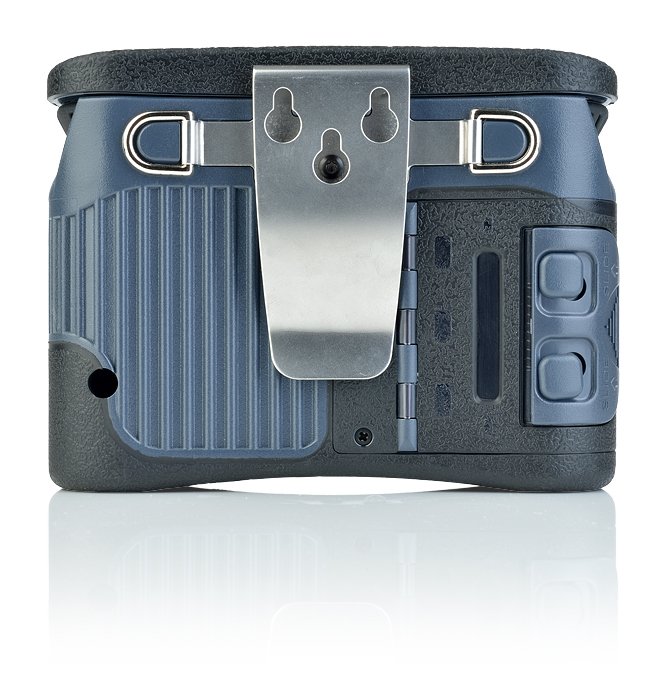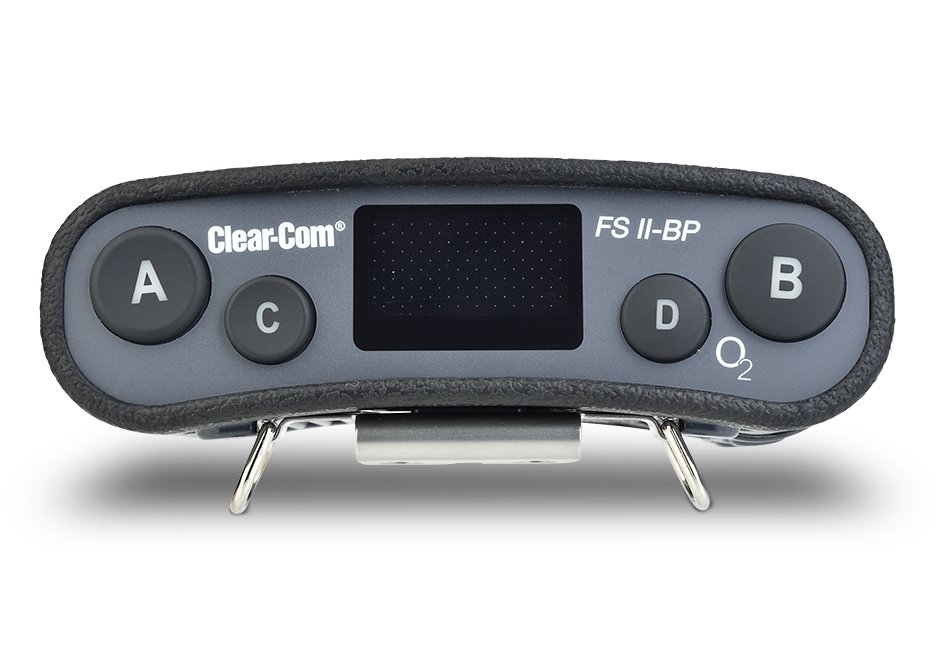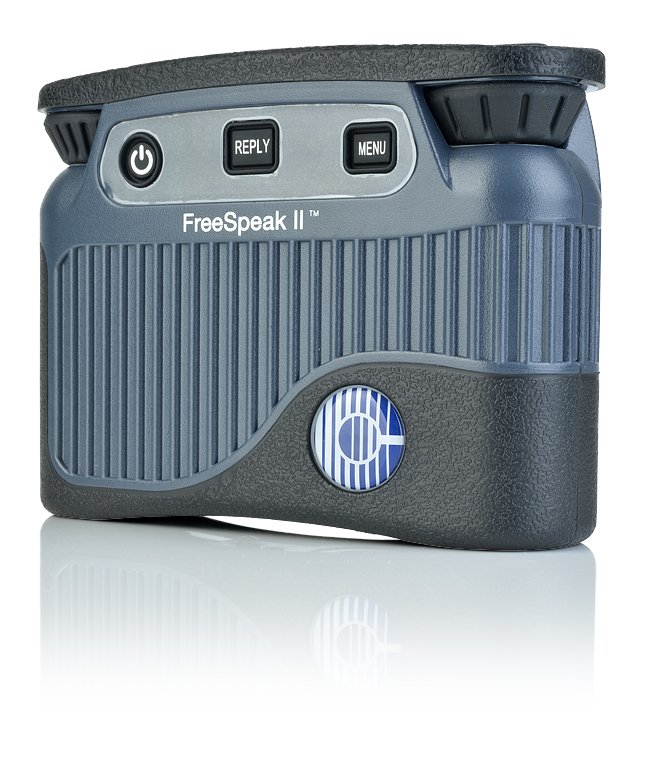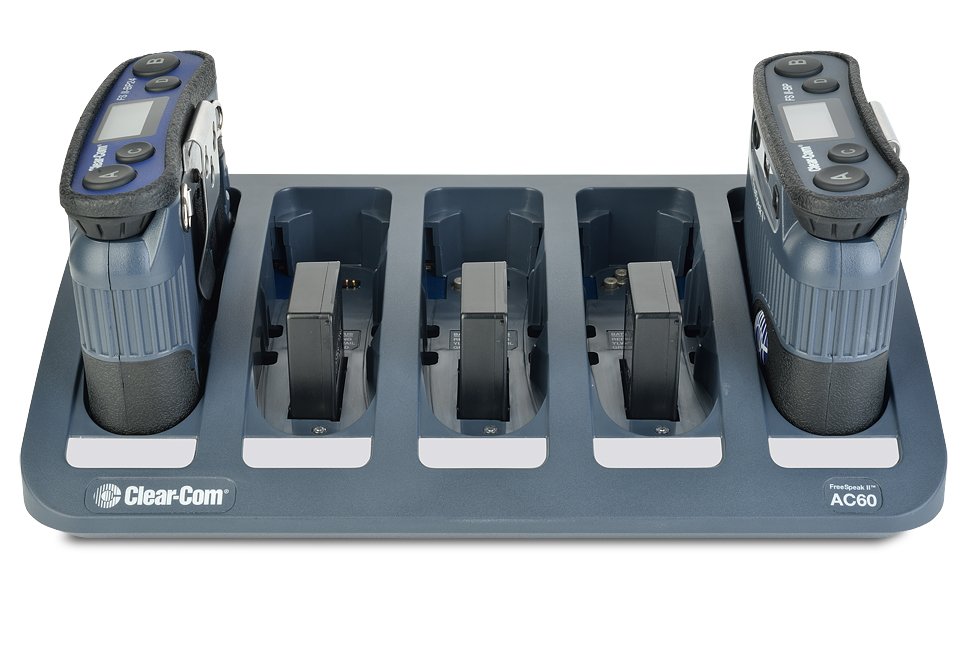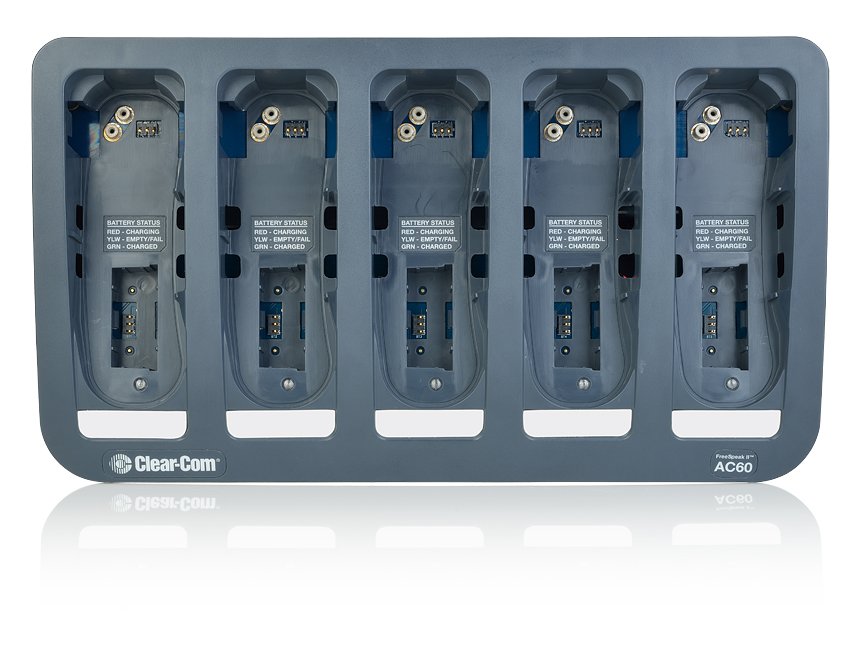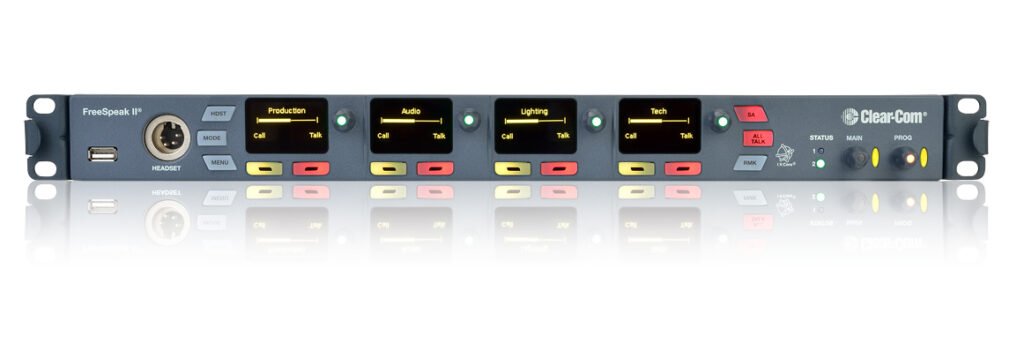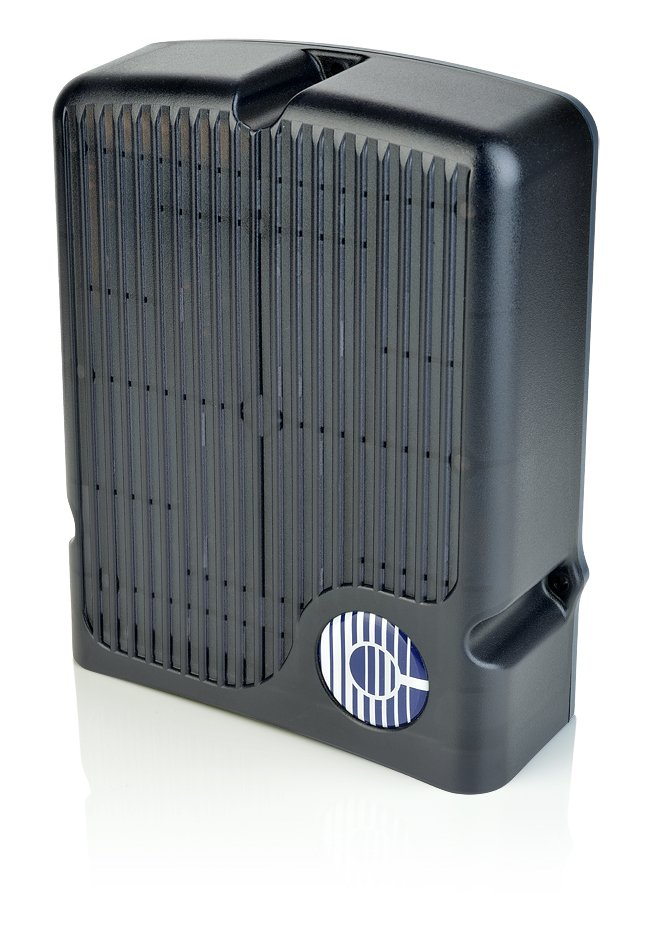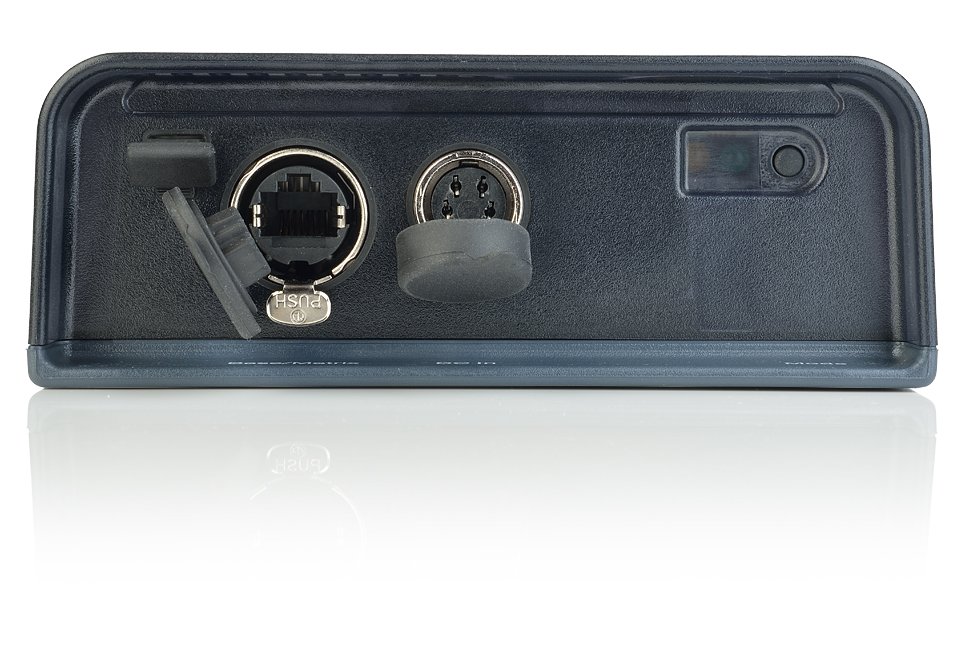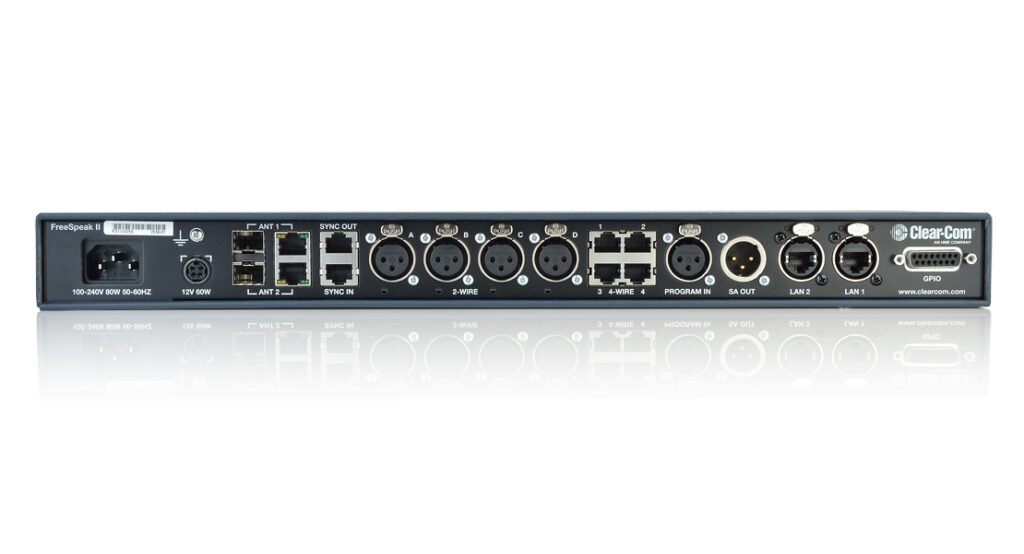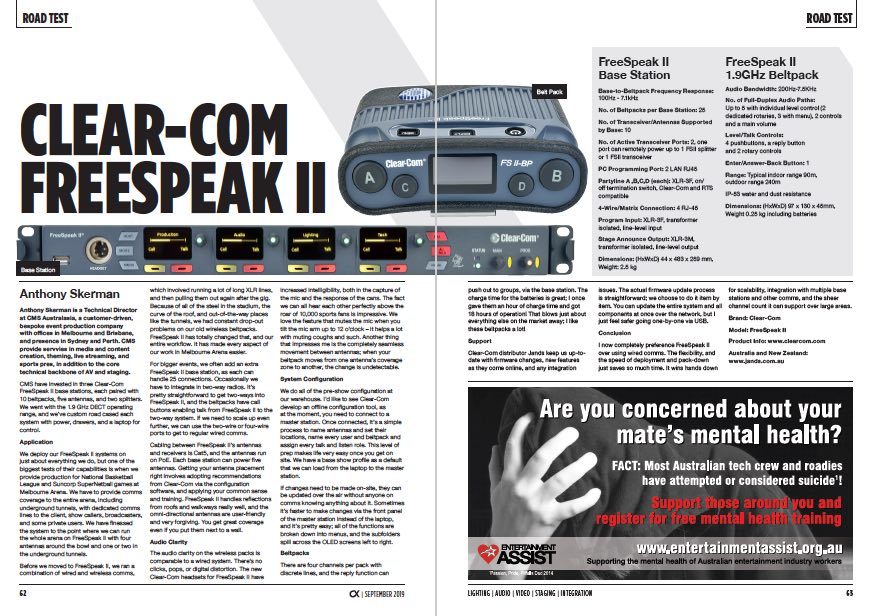News
1 Oct 2019
Clear-Com Freespeak II
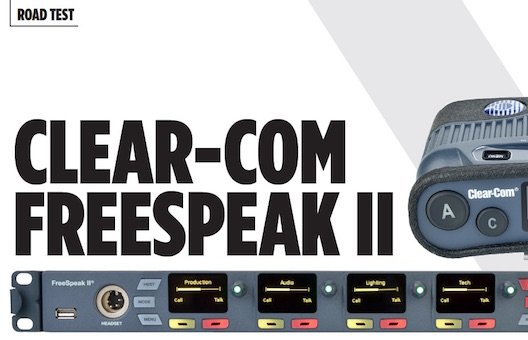
Subscribe to CX E-News
ROAD TEST
Anthony Skerman
Anthony Skerman is a Technical Director at CMS Australasia, a customer-driven, bespoke event production company with offices in Melbourne and Brisbane, and presence in Sydney and Perth. CMS provide servvies in media and content creation, theming, live streaming, and sports pres, in addition to the core technical backbone of AV and staging.
CMS have invested in three Clear-Com FreeSpeak II base stations, each paired with 10 beltpacks, five antennas, and two splitters. We went with the 1.9 GHz DECT operating range, and we’ve custom road cased each system with power, drawers, and a laptop for control.
Application
We deploy our FreeSpeak II systems on just about everything we do, but one of the biggest tests of their capabilities is when we provide production for National Basketball League and Suncorp SuperNetball games at Melbourne Arena.
We have to provide comms coverage to the entire arena, including underground tunnels, with dedicated comms lines to the client, show callers, broadcasters, and some private users. We have finessed the system to the point where we can run the whole arena on FreeSpeak II with four antennas around the bowl and one or two in the underground tunnels.
Before we moved to FreeSpeak II, we ran a combination of wired and wireless comms, which involved running a lot of long XLR lines, and then pulling them out again after the gig.
Because of all of the steel in the stadium, the curve of the roof, and out-of-the-way places like the tunnels, we had constant drop-out problems on our old wireless beltpacks.
FreeSpeak II has totally changed that, and our entire workflow. It has made every aspect of our work in Melbourne Arena easier. For bigger events, we often add an extra FreeSpeak II base station, as each can handle 25 connections.
Occasionally we have to integrate in two-way radios. It’s pretty straightforward to get two-ways into FreeSpeak II, and the beltpacks have call buttons enabling talk from FreeSpeak II to the two-way system. If we need to scale up even further, we can use the two-wire or four-wire ports to get to regular wired comms.
Cabling between FreeSpeak II’s antennas and receivers is Cat5, and the antennas run on PoE. Each base station can power five antennas. Getting your antenna placement right involves adopting recommendations from Clear-Com via the configuration software, and applying your common sense and training.
FreeSpeak II handles reflections from roofs and walkways really well, and the omni-directional antennas are user-friendly and very forgiving. You get great coverage even if you put them next to a wall.
Audio Clarity
The audio clarity on the wireless packs is comparable to a wired system. There’s no clicks, pops, or digital distortion. The new Clear-Com headsets for FreeSpeak II have increased intelligibility, both in the capture of the mic and the response of the cans.
The fact we can all hear each other perfectly above the roar of 10,000 sports fans is impressive.
We love the feature that mutes the mic when you tilt the mic arm up to 12 o’clock – it helps a lot with muting coughs and such.nother thing that impresses me is the completely seamless movement between antennas; when your beltpack moves from one antenna’s coverage zone to another, the change is undetectable.
System Configuration
We do all of the pre-show configuration at our warehouse. I’d like to see Clear-Com develop an offline configuration tool, as at the moment, you need to connect to a master station. Once connected, it’s a simple process to name antennas and set their locations, name every user and beltpack and assign every talk and listen role.
This level of prep makes life very easy once you get on site. We have a base show profile as a default that we can load from the laptop to the master station.
If changes need to be made on-site, they can be updated over the air without anyone on comms knowing anything about it. Sometimes it’s faster to make changes via the front panel of the master station instead of the laptop, and it’s pretty easy; all of the functions are broken down into menus, and the subfolders spill across the OLED screens left to right.
Beltpacks
There are four channels per pack with discrete lines, and the reply function can push out to groups, via the base station. The charge time for the batteries is great; I once gave them an hour of charge time and got 18 hours of operation! That blows just about everything else on the market away; I like these beltpacks a lot!
Support
Clear-Com distributor Jands keep us up-to-date with firmware changes, new features as they come online, and any integration issues. The actual firmware update process is straightforward; we choose to do it item by item. You can update the entire system and all components at once over the network, but I just feel safer going one-by-one via USB.
Conclusion
I now completely preference FreeSpeak II over using wired comms. The flexibility, and the speed of deployment and pack-down just saves so much time. It wins hands down for scalability, integration with multiple base stations and other comms, and the sheer channel count it can support over large areas.
Brand: Clear-Com
Model: FreeSpeak II
Product Info: www.clearcom.com
Australia and New Zealand: www.jands.com.au
Specifications
FreeSpeak II Base Station
Base-to-Beltpack Frequency Response: 100Hz – 7.1kHz
No. of Beltpacks per Base Station: 25
No. of Transceiver/Antennas Supported by Base: 10
No. of Active Transceiver Ports: 2, one port can remotely power up to 1 FSII splitter or 1 FSII transceiver
PC Programming Port: 2 LAN RJ45
Partyline A ,B,C,D (each): XLR-3F, on/off termination switch, Clear-Com and RTS compatible
4-Wire/Matrix Connection: 4 RJ-45
Program Input: XLR-3F, transformer isolated, line-level input
Stage Announce Output: XLR-3M, transformer isolated, line-level output
Dimensions: (HxWxD) 44 x 483 x 259 mm, Weight: 2.5 kg
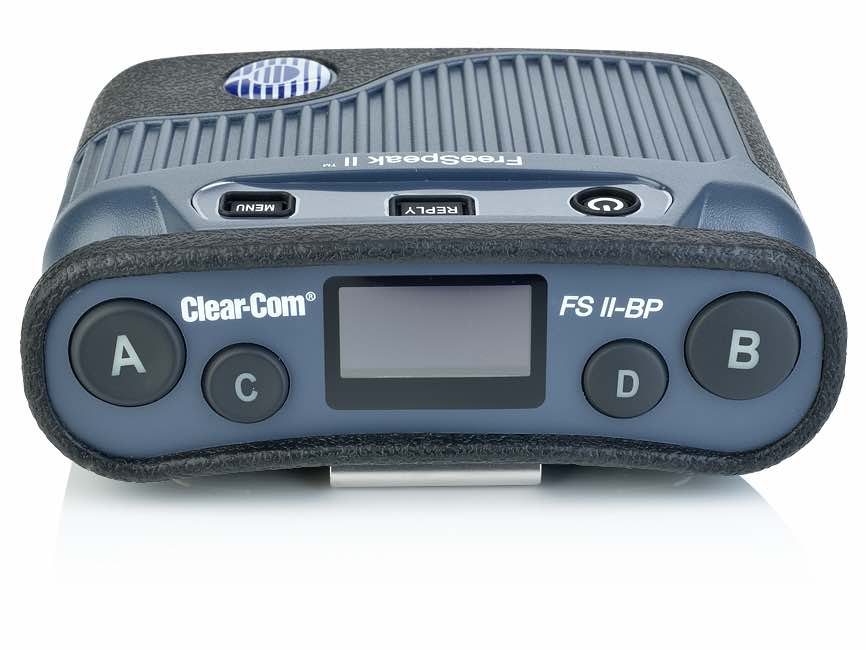
FreeSpeak II
1.9GHz Beltpack
Audio Bandwidth: 200Hz-7.5KHz
No. of Full-Duplex Audio Paths:
Up to 5 with individual level control (2 dedicated rotaries, 3 with menu), 2 controls and a main volume
Level/Talk Controls:
4 pushbuttons, a reply button and 2 rotary controls
Enter/Answer-Back Button: 1
Range: Typical indoor range 90m, outdoor range 240m
IP-53 water and dust resistance
Dimensions: (HxWxD) 97 x 130 x 45mm, Weight 0.25 kg including batteries
CX Magazine – Sept 2019 Entertainment technology news and issues for Australia and New Zealand – in print and free online www.cxnetwork.com.au
© CX Media
Subscribe
Published monthly since 1991, our famous AV industry magazine is free for download or pay for print. Subscribers also receive CX News, our free weekly email with the latest industry news and jobs.

